It’s that time of the year again when nationwide emotions of sacrifice meet the festivity of Eid.
According to 2022 data from Pakistan Tanners Association, Eid ul Adha generated an estimated economic activity of Rs. 329 billion in the country from sacrifice alone which crosses Rs. 500 billion if related economic activities are included.
An estimated 8.1 million animals were sacrificed last year which is ‘expected to cross 10 million despite the current inflationary pressure’, said Yawar Chawla, Spokesperson of Cattle Mandi, Asia’s biggest cattle market established every year in Karachi to provide for the city’s 200 million people.
“Eid ul Adha is one of its kind festival where you can find animals in your desired range despite the skyrocketing inflation”, said Chawla. He pointed out that though animal prices are 20-25 percent higher than in 2022, they are still lower than year-on-year inflation.
One more factor that might play into the increased sacrificial activity is the 68 percent increase in Hajj prices with quota remaining underutilized for the first time in history which means more money flowing into animal sacrifice.
Pakistan’s livestock sector is worth Rs 5.4 trillion and contributes 14 percent of the GDP and more than 61 percent to the agriculture GDP of Pakistan. The government is claiming 3.78 percent sector growth in the current fiscal year, a rise from the revised figure of 2.25 percent last year. A pretty questionable estimate when you realized that nearly 0.8 million livestock perished in the devastating floods and lumpy skin disease (LSD) also damaged the growth of the sector, but that’s a discussion for another time.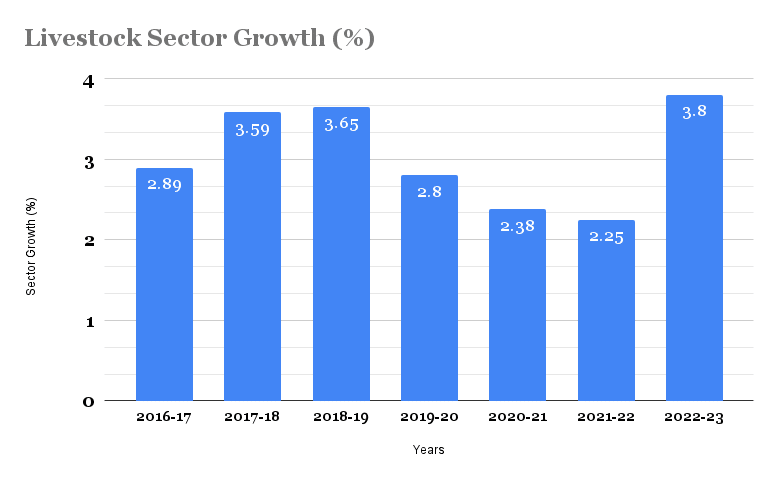
Annual cattle markets bring all livestock stakeholders together, it’s not just common for citizens to come to buy animals for sacrifice but domestic and international clients also visit to buy animals for fattening purposes. It connects cattle owners from remote areas with buyers from across the country in an open competition and that income stream goes a long way in rural development.
There are a lot of industries that thrive alongside this singular economic activity. From the feed industry to vaccinations and pharmaceuticals, and from banking institutions to the transportation sector, everyone adds some value and makes something out of it.
Karachi: Asia’s Biggest Cattle Market
Karachi is a unique city where the demand for sacrificial animals is around 2.6 million but unlike Punjab and interior Sindh, the culture of rearing animals for Eid ul Adha is non-existent within a 100 km radius of the metropolitan city which makes it challenging to adequately serve the cattle demand during Eid ul Adha.
“We are establishing this market for the last 22 years with the conjunction of cantonments, local bodies, Rangers, and other law enforcement agencies,” said Chawla. He revealed that Karachi Cattle Mandi has been completely digitized for the first time and RFID cards are issued at entry through one window to process owners after complete medical checkups.
VIP blocks for big cattle traders cost Rs. 150,000 per 30×120 ft block, but the small farmers are provided space and water for free against a one-time entry fee of Rs. 4000/- for big animals and Rs. 2000/- for small animals.
Chawla explained that Karachi Cattle Mandi has been shifted to the Northern bypass as the previous location had increased crime ratio, traffic, and drainage issues while the current place has better roads and facilities for drainage, a food court, parking facility, and security arrangements.
Challenges Persist:
Livestock is well entrenched within the economy of rural households. It’s what they invest their wealth in, and it also serves as a medium of exchanging this wealth. But as a business, its value is dinged up with inefficiencies and shortfalls and it doesn’t look like a ‘value chain’ at all to begin with. For starters, we don’t exactly know what we have.
The government data states that Pakistan had 82.5 million goats, 53.4 million cattle, 43.7 million buffaloes, 31.9 million sheep, and 1.1 million camels, but these are the estimates based on the livestock census that happened in 2006. Moreover, there is no one identifying animals with higher genetic makeup let alone preserving them.
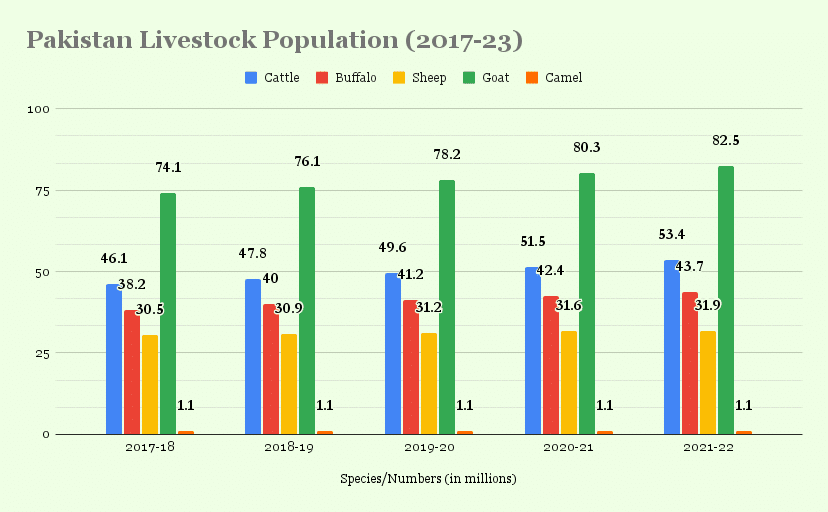
Eid ul Azda is at the pivot of hide collection for the leather industry which brings nearly a billion dollars in exports every year. However, 10-15 percent of hides are wasted every year due to a lack of efficient means of collecting and preserving them.
At the end of 2019, a Comsats graduate came up with an idea to streamline the buying and selling of cattle animals by creating an online marketplace called the Qurbani App. While the app had a huge potential given the messed up value chain and export gap, it was tilted towards ‘reforming’ the animal buying experience at Eid ul Adha which was too ambitious.
For starters, people want to have that experience as it’s a big part of the festival for families. Secondly, people are also not sure about the authenticity and reliability of these platforms.
“We realized that things were getting more seasonal, so we changed the model to make it throughout the year” commended Sibghat Ullah Baig, founder of Qurbani App. He also explained that they are now providing customers with the complete digital journey of the animal they order and are also connecting buyers from as far as the UK and the US. He also highlighted that they are planning to launch an online veterinary marketplace in the future to guide and connect doctors with farm owners.
Baig explained that the primary challenge being faced by these platforms is not penetration. People want to connect with nationwide spread farms, markets, and retailers, but they are still doing their deals in cash to avoid taxes. The livestock businesses are more clustered in Southern Punjab, Cholistan, and Thar where tech literacy and financial facilities are not adequate. On top of that, there is no reliable escrow in Pakistan even in 2023.
“E-commerce marketplaces have evolved, but there is still so much to be done to connect remote animal owners with international buyers of animal commodities like meat,” added Chawla.
Eid ul Adha is a unique opportunity to reflect on all of these challenges and address them proactively. The issues of digital marketplaces, electronic payments, remote veterinary consultations, price transparency, RFID tags, and traceability of animals must be addressed through integrated tech-based solutions. It can go a long way in the redistribution of wealth in marginalized areas of the country as that’s from where the majority of livestock comes.
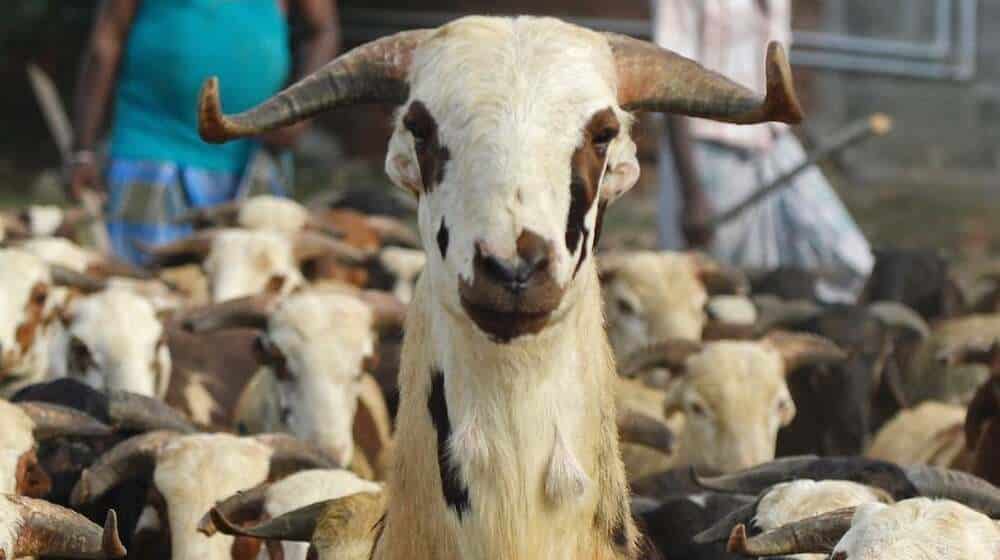

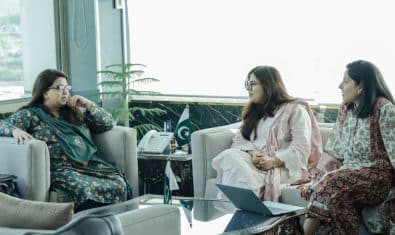
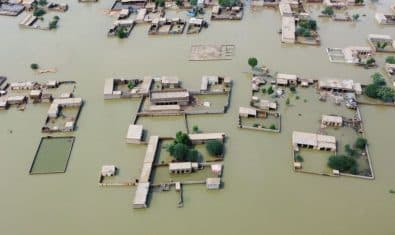
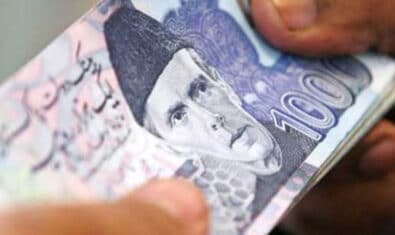
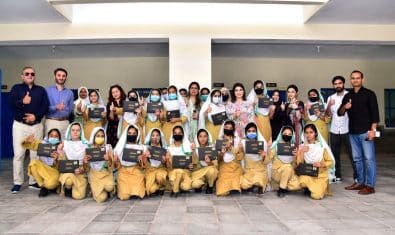
















Very interesting